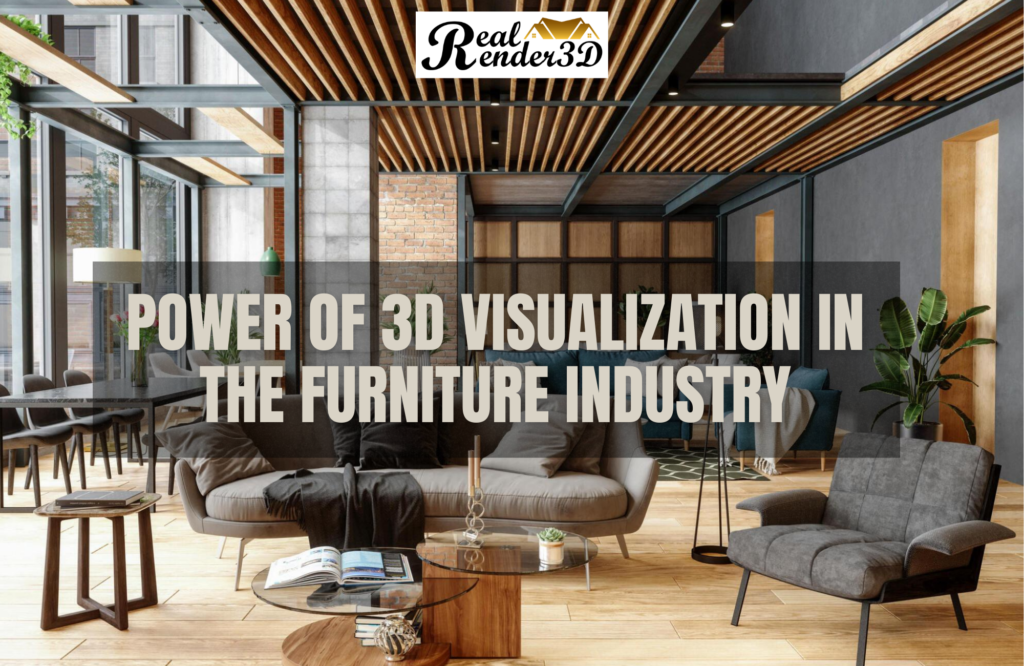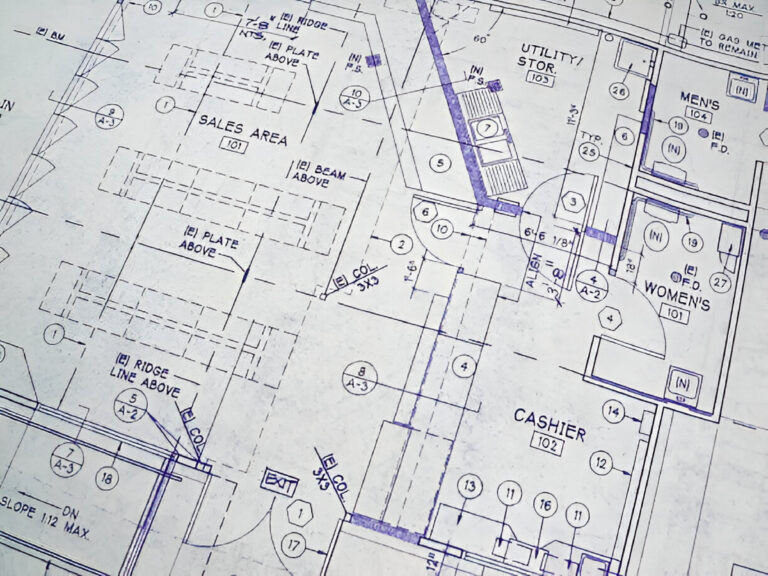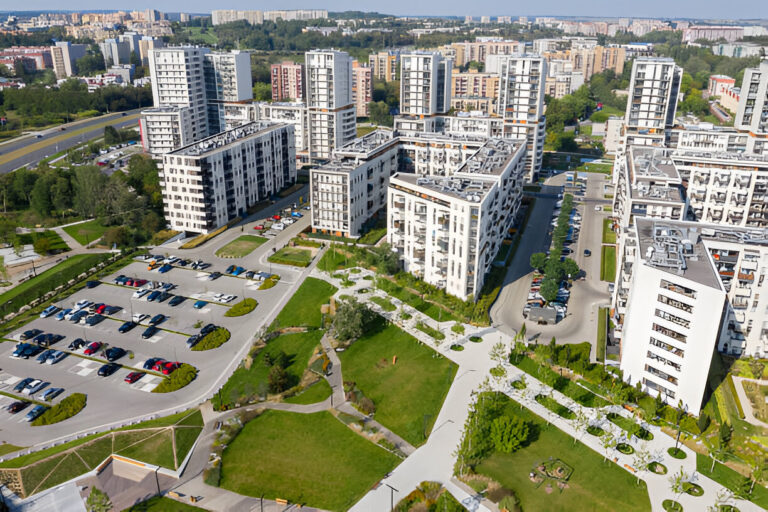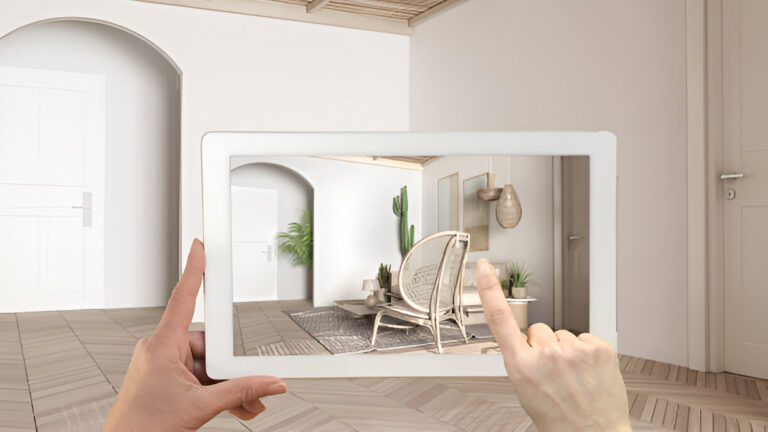Introduction
In the dynamic world of furniture design and manufacturing, 3D visualisation has emerged as a groundbreaking tool. It not only transforms how furniture is designed and presented but also reshapes marketing strategies and consumer engagement. This blog explores how 3D architectural visualisation services are revolutionizing the furniture industry.
The Transformation of Furniture Design with 3D Technology

The shift from traditional design methods to advanced 3D visualisation represents a significant leap. Initially, designers relied on hand-drawn sketches and physical models to present their ideas. Today, 3D architectural renders offer a more dynamic and interactive way to showcase and refine designs before any physical prototype is created. This transition not only speeds up the design process but also enhances accuracy and creativity.
Bridging Traditional Craftsmanship with Digital Tools

Incorporating 3D design for home furniture has allowed designers to blend traditional craftsmanship with digital efficiency. Architecture animations enable designers to create realistic, animated walkthroughs of furniture pieces, offering clients a virtual feel of the products in a simulated environment. This blend enriches the design process by maintaining the essence of craftsmanship while leveraging digital precision.
Enhancing Creative Freedom and Experimentation

3D interior rendering services provide designers with unparalleled creative freedom. Designers can experiment with different materials, textures, and configurations without the constraints of physical production. This capability allows for extensive customization and innovation, pushing the boundaries of traditional furniture design.
Improving Accuracy and Reducing Errors

Accuracy in furniture design is crucial for ensuring product quality and customer satisfaction. 3D architectural renders help pinpoint errors in the design phase, significantly reducing the cost and time involved in revisions during physical production. 3D house floor plans are particularly useful for visualizing how a piece of furniture will fit in a designated space, ensuring that size and proportions are correct.
Tailoring Designs to Consumer Preferences
The ability to customize designs easily with 3D rendering services has transformed how manufacturers meet consumer demands. 3D house plans enable consumers to now participate actively in the design process, selecting colors, materials, and styles that fit their personal tastes. This engagement is crucial for customer satisfaction and brand loyalty.
Engaging Clients with Virtual and Augmented Reality

The integration of 3D visualisation with VR (Virtual Reality) and AR (Augmented Reality) technologies takes customer interaction to a new level. Potential buyers can now experience how a piece of furniture will look and fit in their actual living spaces through AR apps, or explore different furniture designs in a fully immersive VR setting. This deep level of interaction significantly enhances the buying experience and can dramatically boost sales.
Using 3D Renders in Online and Offline Marketing
High-quality CGI images are used in online catalogues, social media, and print brochures to attract customers. These visuals make marketing campaigns more engaging and effective, helping to convey the unique features and quality of the furniture more convincingly.
Streamlining Production and Prototyping

3D visualisation significantly streamlines the prototyping phase of furniture design. Traditional prototyping methods are often costly and time-consuming, but with 3D rendering, designers can explore different designs and make adjustments easily without the need for multiple physical prototypes. This not only speeds up the design process but also reduces manufacturing costs.
Overcoming Challenges in 3D Visualization
While 3D visualisation offers numerous benefits, it also presents challenges such as the need for high technical expertise and the initial cost of setting up advanced 3D rendering software. However, the long-term benefits in terms of cost savings, increased efficiency, and enhanced sales potential often outweigh these initial challenges.
The Future of Furniture Design

Looking forward, this technology is set to become even more integral to the furniture industry. Advancements in technology are expected to improve the realism and interactivity of 3D renders, making them indispensable tools for designers, manufacturers, and marketers alike.
Conclusion
The integration of 3D visualisation technologies in the furniture industry has not only enhanced design and production processes but has also revolutionized how furniture is marketed and sold. As technology continues to evolve, the potential for new and innovative applications of 3D rendering in the furniture industry is boundless. For any company looking to stay competitive in this fast-paced market, embracing 3D visualisation is not just an option; it’s a necessity.
Frequently Asked Questions
1. What is 3D visualization in furniture design?
3D visualization involves creating digital models of furniture pieces using advanced software to show what they will look like in real life before they are manufactured.
2. How does 3D rendering benefit furniture manufacturers?
3D rendering helps manufacturers visualize products, make adjustments before production, reduce errors, and save on costs associated with physical prototyping.
3. Can 3D visualization help in customizing furniture designs?
Yes, 3D visualization allows customers to see and modify furniture designs—like materials and colors—before production, ensuring the final product meets their preferences.
4. Are 3D-rendered images useful for online furniture sales?
Absolutely, 3D-rendered images can enhance online product listings by providing customers with realistic and detailed views of furniture, which helps in making informed purchase decisions.
5. What is the difference between 3D interior rendering and 3D exterior rendering in the context of furniture?
3D interior rendering focuses on visualizing furniture within an indoor setting, showing how it fits and looks in specific interior environments. 3D exterior rendering is less commonly used for furniture but can show outdoor furniture in situ, such as in a garden or patio layout.
6. How long does it take to create a 3D render of a furniture piece?
The time can vary based on the complexity of the piece and the level of detail required, but typically it takes a few hours to a couple of days to create a high-quality 3D render.
7. Is 3D visualization cost-effective for small furniture businesses?
Yes, while there is an initial investment in software and possibly training, the ability to reduce errors, save on prototyping costs, and improve customer satisfaction makes it a cost-effective solution for businesses of all sizes.










